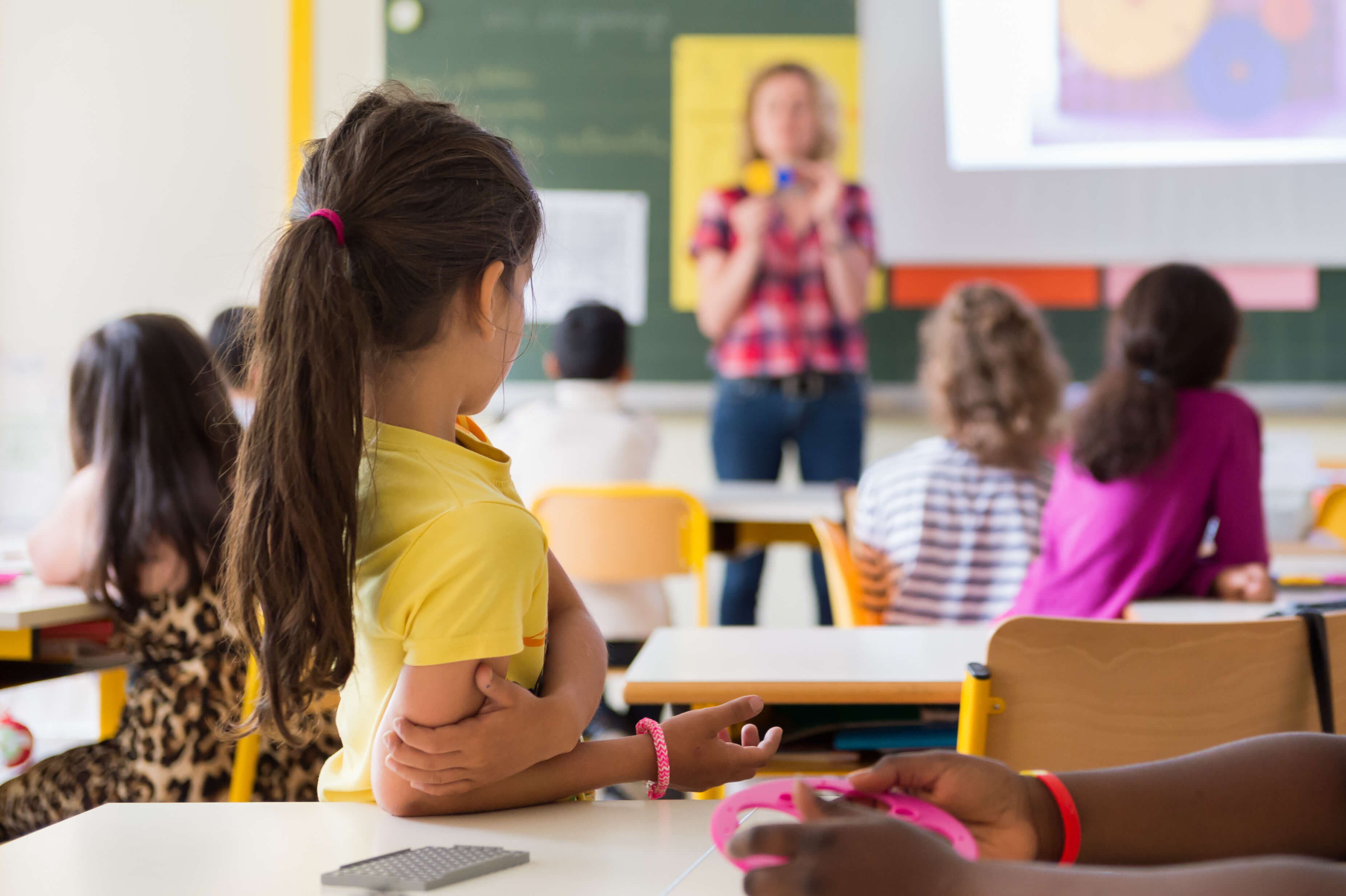According to the United Nations, India has the world’s largest youth population with more than 356 million individuals between the ages of 14-24 years.
A young population carries with it some characteristics- low savings, high splurge and little sense of investment. In such a scenario investment education becomes an important movement. While it may not be intuitive, investing at a young age is beneficial in the long-run considering these individuals are free of financial burdens, possess a higher risk appetite and are rife with enthusiasm.
Though practical knowledge is a must for students to understand the intricacies of any investment, here are 5 basic tips for any college student to take a step into the world of investments.
1. Start saving from yesterday :
Though it is impossible to travel in the past and stop ourselves from splurging on vanity products, it is vital to start saving every single day. As college students, it is easy to go on a guilt-free spending spree, but an effort needs to be made to save a certain portion of your pocket money. This can be easily done by allocating a certain amount at the beginning of the month towards investments, either stocks, fixed deposits or mutual funds. You can pay for college essay with ideas on OnlineCollegeEssay.com. You will get high-quality papers at low prices which will help you to save the balance.
Pro Tip: You can choose a minimum amount to be transferred into another bank account or investment option as a standing instruction with your bank.
2. Low-risk investment options are your best friend :
As college students and amateur investors, it is important to not be swayed by the prospect of high risk high return promises. Though it is exciting, it is necessary to be grounded and learn the basics. You should choose low-risk investment options so that you don’t lose money fast. As a young investor, always remember to balance your risk by planning and with efficiency. A planned investment can fetch you a decent return.
You should choose to invest in long-term options but can segregate a small amount to experiment with such that you can learn with experience.
Pro Tip: The market is rife with risks and uncertainties. Hence, it is advisable to approach your finance professor or family member who could guide you in the same.
3. Assess and evaluate your risk and margin estimate :
Even seasoned investors such as Warren Buffet strongly believe in calculating your risk vs return estimate. No matter what your financial background, risk appetite and goals, it is important to calculate your risk. Before investing, try to assess the amount of risk you are willing to bear and the margins below/above which you will not buy/sell. As a young investor, be ready to tackle losses and be clear in your investment options and always try to balance your portfolio.
Pro Tip: Try to approach a senior family member, ask them about their investments and the calculations they undertake. This will help you give a direction towards what you can do too.
4. SIPs – The future :
A boon for young investors, Systematic Investment Plans are an excellent investment option which offers low risk in combination with high returns. It is one of the smartest methods to mitigate the loss in your portfolio.
SIPs allow for college students to be able to deposit a predetermined amount on a certain schedule which can be attuned according to every individual. This can be weekly, monthly, quarterly or even yearly. Though a long-term option, it is one of the most sought-after investment options by early investors.
Pro Tip: Before investing in SIPs, research about various mutual funds offered by fund houses such as HDFC Mutual Fund, SBI Mutual Fund etc. This will allow you to compare options based on various factors such as past performance, returns etc.
5. Be patient and do your research :
As young investors, it is easy to get carried away by brief success or favorable market positions. But, it is important to be patient and keep learning. As you are amateur investors, the skill that you should master is the skill of research and due diligence. The more you learn about various investment options, market vulnerability and performance, the more you will be able to invest wisely.
Start with researching the company, fund house or investment tool. Though past performances will not dictate the future, understand how it does play a role in future growth. Try to analyze the various market trends and keep a lookout on the extremities.
You will find many bombarding you with information and advice. But, always remember that you are the maker of your own future. So, do your research, be patient and keep learning.
Pro Tip: Tune into various news channels to learn about market trends from various experts. You can also subscribe to various weekly newsletters and magazines for the same.
Investments are tricky, for everyone including college students. It is an exciting journey filled with ups and downs which only make it more worthwhile. You can reap the benefits tomorrow if you the sow the seeds of research, patience, and dedication today.\
Read Also :






















